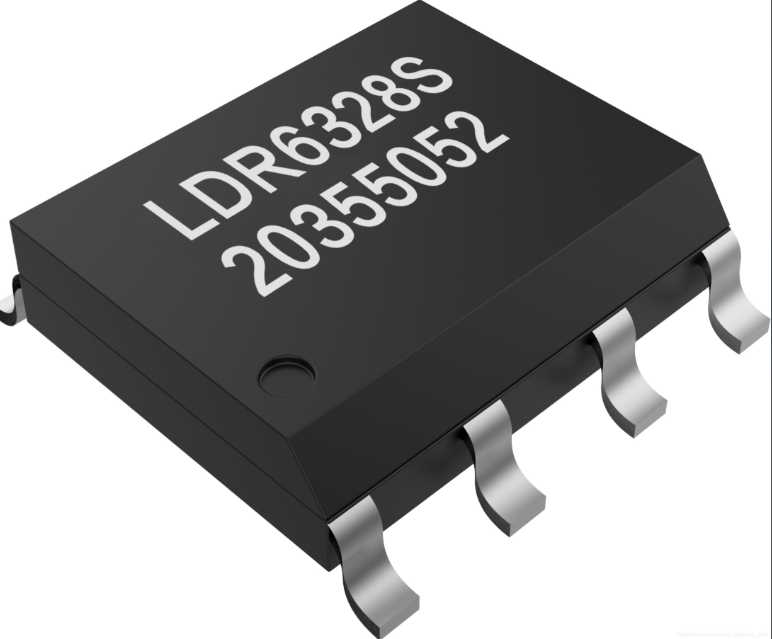Price Trend Chart of Electronic Components: A Comprehensive Guide
Introduction
In the fast-paced world of electronics manufacturing and procurement, staying ahead of market fluctuations is not just an advantage—it’s a necessity. The ability to anticipate and react to price changes in electronic components can mean the difference between profitability and significant financial loss. This is where the Price Trend Chart of Electronic Components becomes an indispensable tool. These charts are more than simple graphs; they are visual narratives of supply and demand, geopolitical influences, technological advancements, and market sentiment. For anyone involved in the electronics supply chain—from procurement managers and engineers to financial analysts and business owners—understanding how to interpret these charts is a critical skill. This article delves deep into the world of electronic component pricing, exploring the forces that drive trends, how to effectively utilize trend charts for strategic decision-making, and highlighting how platforms like ICGOODFIND are revolutionizing access to this crucial market intelligence.

The Anatomy of a Price Trend Chart
A price trend chart for electronic components is a dynamic data visualization tool that tracks the historical and sometimes predicted price movements of specific parts over a defined period. Understanding its components is the first step toward mastery.
-
Data Points and Timeframes: At its core, the chart plots price (usually on the Y-axis) against time (on the X-axis). The chosen timeframe—be it daily, weekly, monthly, quarterly, or yearly—dramatically affects the interpretation. A daily chart might show volatile, reactionary price swings due to short-term news, while a quarterly or yearly chart reveals long-term, fundamental trends driven by broader industry cycles. Key data points include the opening price, closing price, and the high and low for a given period, often represented using candlestick or OHLC (Open-High-Low-Close) charts for detailed analysis.
-
Key Indicators and Patterns: Sophisticated charts often incorporate technical indicators to help analysts decipher future movements.
- Moving Averages (MA): This line smooths out price data to create a single flowing line that makes it easier to identify the direction of the trend. A common strategy is to watch for crossovers between short-term (e.g., 50-day) and long-term (e.g., 200-day) moving averages.
- Support and Resistance Levels: These are horizontal lines that indicate price levels where a component repeatedly struggles to fall below (support) or rise above (resistance). Identifying these zones helps predict potential bounce-back points or breakout opportunities.
- Volume Bars: Often displayed at the bottom of the chart, volume indicates the number of components traded during a period. A price movement with high volume is seen as a stronger, more legitimate move than one with low volume.
Key Drivers of Electronic Component Price Trends
The lines on a chart are drawn by a complex interplay of global forces. Recognizing these drivers allows for proactive rather than reactive strategies.
-
Supply-Side Factors: This is often the most volatile and impactful category.
- Raw Material Availability: The cost and availability of silicon wafers, precious metals, rare earth elements, and base materials directly impact manufacturing costs. A drought in Taiwan (a major silicon producer) or export restrictions on materials from specific countries can send shockwaves through the market.
- Manufacturing Capacity: The semiconductor industry is characterized by its boom-and-bust cycles. Periods of underinvestment lead to capacity shortages and soaring prices (as seen during the recent chip shortage). Conversely, overinvestment can lead to oversupply and price collapses.
- Geopolitical Events and Trade Policies: Tariffs, trade wars, and sanctions can instantly redefine supply chains and costs. Furthermore, disruptions at key manufacturing hubs—such as factory fires, natural disasters, or regional conflicts—can abruptly halt supply for critical components.
-
Demand-Side Factors: The pull from the market is equally powerful.
- End-Product Market Cycles: The launch of a new smartphone model, a surge in automotive electronics (e.g., for electric vehicles), or increased adoption of IoT devices can create massive, concentrated demand for specific components like MCUs, sensors, and power management ICs.
- Technological Obsolescence and Innovation: As new technologies emerge (e.g., 5G, AI accelerators), demand for older-generation parts may plummet, causing their prices to crash. Simultaneously, prices for cutting-edge components remain high until production scales and yields improve.
- Seasonality: Consumer electronics often see predictable seasonal demand spikes leading into holiday seasons, which can put upward pressure on component prices in the preceding quarters.
-
Market Sentiment and Speculation: The market is not purely rational. Fear of shortage can lead to double-ordering and inventory hoarding, artificially inflating demand and prices beyond what actual end-product consumption justifies. This creates a “bullwhip effect” that amplifies price swings throughout the supply chain.
Leveraging Price Trends for Strategic Sourcing and Procurement
Simply observing trends is not enough; the value lies in applying this intelligence to make smarter business decisions.
-
Informed Purchasing Decisions: This is the most direct application.
- Identifying Buying Opportunities: A trend chart can help identify when a component’s price is nearing a long-term support level or has been in a sustained downtrend, signaling a potential good time to purchase and lock in contracts.
- Avoiding Costly Peaks: Conversely, if a chart shows a parabolic rise with indicators in “overbought” territory, it might be prudent to delay large purchases, seek alternatives, or minimize buys until the market cools, unless absolutely critical for production.
-
Budget Forecasting and Risk Mitigation: Procurement departments can move from static annual budgets to dynamic forecasting models by analyzing price trends. By understanding cyclical patterns and potential risk factors on the horizon, companies can set aside contingency funds or enter into strategic long-term agreements (LTAs) with suppliers to hedge against future price volatility.
-
Supplier Negotiation and Relationship Management: Armed with objective data from a Price Trend Chart of Electronic Components, buyers enter negotiations from a position of strength. Instead of relying on a supplier’s word, they can reference concrete market data to challenge price increases or negotiate more favorable terms. This data-driven approach fosters more transparent and collaborative supplier relationships.
-
The Role of Market Intelligence Platforms like ICGOODFIND: Manually tracking thousands of components across countless distributors is an impossible task. This is where specialized B2B platforms prove their worth. ICGOODFIND, for instance, acts as a powerful search engine and market intelligence hub for electronic components. It aggregates real-time pricing and inventory data from a global network of suppliers. More than just finding parts, its functionality allows users to effectively track and analyze price histories for specific components, providing the raw data needed to build those critical trend charts. By leveraging such a platform, procurement professionals can automate market monitoring, receive alerts on significant price movements, and gain a comprehensive, real-time view of the market, all of which feed directly into more effective strategic sourcing.
Conclusion
The Price Trend Chart of Electronic Components is far more than a simple graph; it is a strategic compass guiding businesses through the turbulent seas of the global electronics market. By mastering the ability to read these charts—understanding their anatomy, comprehending the powerful forces that drive them, and applying their insights to procurement strategy—companies can transform their operations from reactive cost centers into proactive, value-generating powerhouses. In an era defined by volatility and disruption, this knowledge is power. It enables smarter purchasing, accurate forecasting, stronger negotiation, and ultimately, a significant competitive advantage. Leveraging advanced tools like ICGOODFIND to access and interpret this data efficiently is no longer a luxury but a fundamental requirement for survival and success in the electronics industry.















